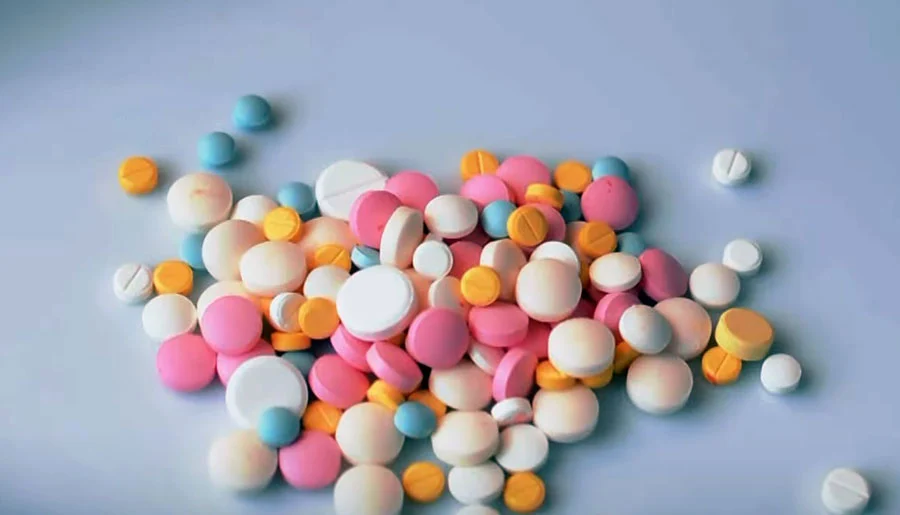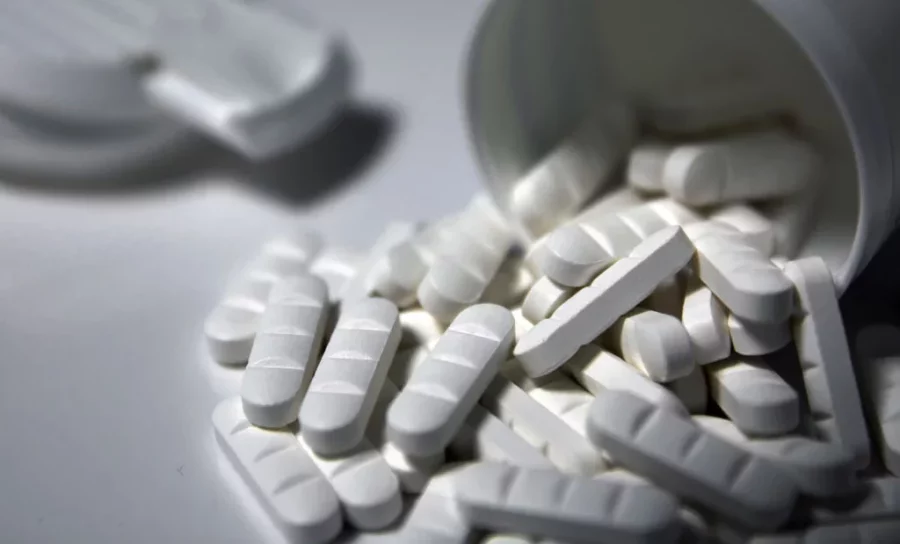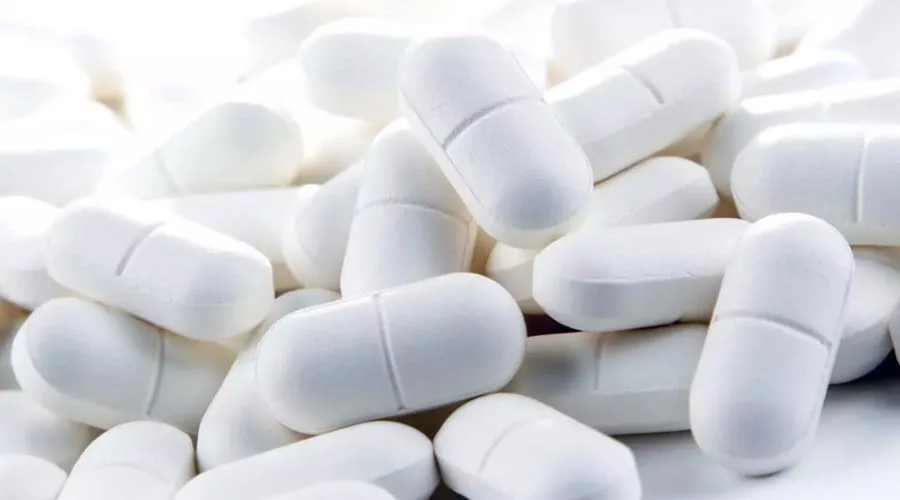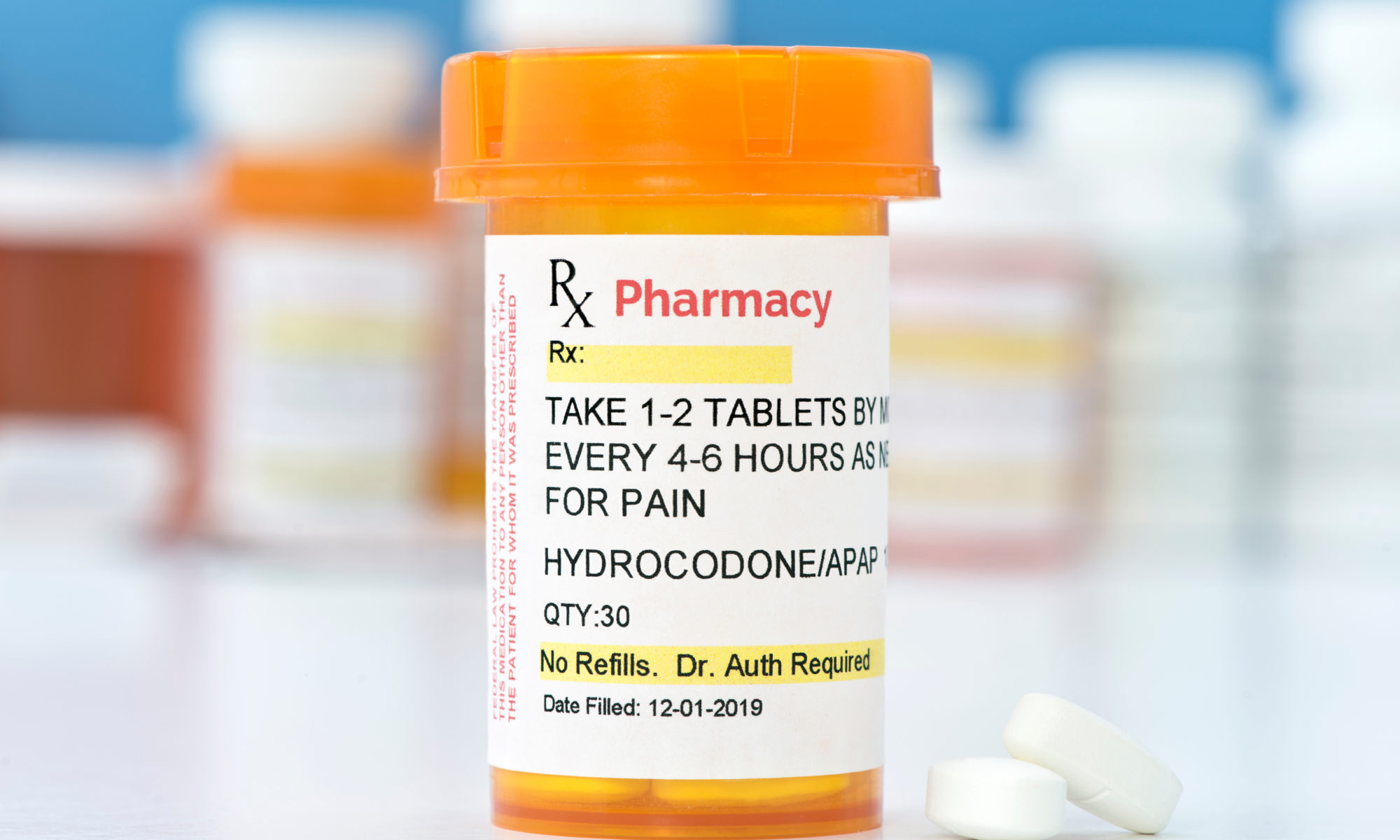How Fake Prescription Drugs Called “Fentapills” Are Contributing to Opioid Overdose Deaths
Most people have heard of fentanyl by now — however, counterfeit pills dubbed “fentapills” are the newest threat looming on the horizon. Fentapills, one of many types of unsafe street drugs, are only supporting the ongoing opioid epidemic in the country.
This epidemic has endangered millions and taken thousands of lives each year; in 2020 alone, over 48,000 drug fatalities were attributed solely to synthetic opioids.
So, what are fentapills, and what do you need to know about them? This guide will walk you through the basics and how you can keep yourself and your loved ones safe.
What Are Fentapills?
“Fentapill” is a combination of the words “fentanyl” and “pills” which is commonly used to refer to the large variety of non-prescription fentanyl pills produced and sold illegally. In short, fentapills are fake prescription pills that do not contain any actual medicine.
Instead of containing medication, fentapills are often made of pure fentanyl or are a mix of fentanyl and other illicit, addicting drugs, such as heroin or cocaine. These pills are widely available online, cheap, and potentially fatal — thus posing a large risk for younger people.
The Origin of Fake Fentanyl Pills
Fake fentanyl pills are largely manufactured and circulated by cartels. Most of these cartels or criminal drug networks originate from Mexico. In particular, the DEA named the Sinaloa Cartel and the Cártel de Jalisco Nueva Generación as the primary culprits behind fentapills.
The Appearance of Fentapills
These pills are specifically manufactured to resemble legal, pharmaceutical-grade opioids. Most are designed to look like oxycodone pills, although some may also look like hydrocodone, alprazolam, or amphetamine.
The U.S. Drug Enforcement Agency (DEA) has issued new warnings regarding the latest wave of fentapills that come in a medley of pastel rainbow colors, making them look more like harmless candy rather than a dangerous drug.
How to Know if Your Prescription Medications are Fake
Although they mimic the look of authentic oxycodone and other prescription opioids, fentapills do not fully emulate them. If you are worried that your or your loved one’s prescription medications may be fentapills, looking at the writing on the medicine may help.
For example, actual Oxycodone uses a specific font to mark the tablets. When compared with a fentapill sold as Oxycodone, the fake pills have a different font type, thickness, or size. The information printed or stamped on the tablets may be different, as well. Authentic prescription medications often have the brand name printed. The bottle from the pharmacy will have a description of what the medication should look like.
In general, oxycodone and other opioid tablets or pills sold in legitimate pharmacies and hospitals are likely to be safe, while any purchased from unofficial distributors are likely to be counterfeit drugs. Counterfeit drugs are often found via social media or through connections with drug dealers.
However, there are many variations of fake opioids. It’s hard to rely only on your own eyes and assumptions. If you suspect your or your loved ones may be using fentapills, it is best to reach out to our expert staff at Best Rehabs In Arizonas for guidance.
Fentanyl addiction can be overcome, and we offer a firm foundation and have seen many clients make full and lasting recoveries from even severe dependence.
Dangers of Rainbow Fentanyl or Fentapills

The candy-like appearance of rainbow fentanyl opens the public to greater risks — particularly to young adults, teenagers, and even children. Some fake pills that authorities confiscated are very similar to the colors of candy hearts. As the Halloween candy season nears, such deception can potentially lead to a spike in opioid dependency, addiction, or even opioid overdose.
It is likely that they have been tinted in such a way to make them look like candy for the purposes of smuggling them easier. However, it is always possible that misplaced drugs could be mistaken for candy by unassuming children, leading to potentially tragic outcomes.
Is Rainbow Fentanyl a Risk Near Me?
Fentanyl, the primary and often only active ingredient of fentapills, is one of the most dangerous opioids. DEA laboratory tests have shown that around 4 out of 10 fakes laced with fentanyl have potentially fatal dosage. For some perspective, a deadly dose of fentanyl is only two milligrams — which is less than the lead tip of a pencil.
The innocent-looking and happy colors of rainbow fentanyl not only downplay the dangers of the addictive drug, but also make it easier to hide and distribute. According to the Drug Enforcement Agency, law enforcement officers have seized rainbow fentanyl pills across 26 states since August 2022. Recently, authorities seized approximately 15,000 rainbow fentanyl pills that illegal distributors tried to transport in a Lego toy box bound for New York City.
What Is Fentanyl?
Fentanyl is a highly powerful synthetic opioid prescription drug. It is used in medical settings as a potent pain reliever and is generally prescribed for post-surgery pain and chronic pain. However, fentanyl is still one of the deadliest drug threats that the U.S. faces.
The dangers of fentanyl not only lie in its potency, but also in its affordability and accessibility. Since it only takes a tiny amount of fentanyl to induce a high, it can be sold cheaply. For this reason, fentanyl is also often used to cut or dilute other illegal prescription drugs, such as heroin, methamphetamine, and cocaine, without affecting the high it produces.
Illicit fentanyl is widely sold on the streets. Recently, it has also become much easier to buy fentanyl pills online. This, combined with the cheap price, makes it easier for anyone to get a hold of illegal prescription pills and potentially overdose.
Other Names for Fentanyl Pills
Illicit fentanyl pills go by many other names aside from “fentapill”. The names may depend on what prescription opioids the drug may be masquerading as:
- Fake oxycodone fentanyl pills: blues, buttons, cotton, 30s, hillbilly heroin, muchachas
- Fake alprazolam fentanyl pills: bars, bicycle handlebars, planks, ladders, school bus
- Fake amphetamine fentanyl pills: a-train, Christmas trees, lid poppers, study skittles
Can You Get Addicted to Fentanyl or Fentapills?

Yes, fentanyl is an incredibly addicting drug; it is over 50 times more potent than heroin. Unfortunately, many people succumb to drug dependence and addiction even while taking legally prescribed fentanyl.
A telling sign of fentanyl addiction is the presence of withdrawal symptoms after discontinuing or failing to take the drug. The following are some of the most common fentanyl withdrawal symptoms, which can appear within just a few hours of one’s last dose:
- Sleep issues
- Diarrhea
- Vomiting
- Severe cravings
- Cold flashes
- Muscle and bone pain
- Leg jitters or uncontrollable movements
How Does Fentanyl Affect Your Brain and Body?
Similar to other opioid analgesics or pain relievers, fentanyl influences the area of your brain that deals with pain and emotions. However, what gets people addicted to taking fentanyl is typically the high or feelings of euphoria it gives.
Fentapills are known to produce the following effects:
- Relaxation
- Sedation
- Pain relief
- Confusion
- Drowsiness
- Dizziness
- Nausea
- Vomiting
- Constipation
- Urinary retention
- Pupil size changes
- Cold and clammy skin
- Fatal respiratory failure
- Unconsciousness
Can You Overdose on Fentapills?

Yes, taking fentapills can quickly lead to an opioid overdose. In fact, synthetic opioids like fentanyl are the most common causes of overdose deaths. Data from the Centers for Disease Control and Prevention (CDC) shows that 66% of all drug overdose deaths in 2021 were due to fentanyl and other synthetic opioids.
Overdosing on fentanyl can slow down breathing to a dangerous degree. This puts users at risk of fatal respiratory failure; and the lack of oxygen to the brain can cause coma, permanent brain damage, and death.
If your loved one is ever breathing too slowly and you suspect they have overdosed on fentanyl, call emergency services immediately. Prompt action and timely naloxone intervention can save lives. With help your loved one can survive a drug overdose and overcome their addiction.
Helping Yourself and Your Loved Ones Get Treatment
Drug addiction can affect anyone, including yourself, your friends, and your family — even the ones you may least expect it from. Seeking help for fentanyl addiction doesn’t have to be a draining experience.
Drug addiction is a large burden on its own — finding and receiving the treatment you need doesn’t have to be another struggle for you to bear. At Best Rehabs In Arizonas, we offer different treatment options to ensure the success of your journey to recovery.
If you or your loved one is struggling with fentanyl addiction or dependence, Best Rehabs In Arizonas in AZ and CO are here for you. Contact us today to learn more!





















